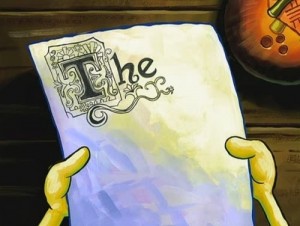Outcome 3: Writing as a Process
There are many steps to writing any paper, specifically a research paper. In writing my research paper I learned that writing is a process of research, drafting, revision, editing, and reflection. The first step of my procedure was to come up with a topic and a novel, I chose the sublimation of women in Frankenstein. Then, I came up with a research question and answered it with a temporary thesis. After this I wrote a proposal of what it is that I wanted to write about, including a “so what factor” or why it was important to me. From this, I researched and evaluated sources to come up with an annotated bibliography. Then, we peer reviewed the proposals and bibliographies in class. From this I learned to make my paper more detailed, explaining further in depth what it was that I was talking about. I also learned that I should include some nuance in my argument to make it more complex. From this, I came up with an outline for my paper. We peer reviewed thee outlines in class. From the peer reviewing I learned that I needed a stronger “so what” statement. I needed to relate my paper to modern day society today or mention how my paper was similar and different to what has been said in the past concerning my topic. After the outline it was time to write the first draft. In class I learned that there are different ways one can structure their essays, but that it was best to include a counter argument. I had never really incorporated a counter argument into my paper, because previously I have written persuasive essay. I met my teacher at the coffee shop to help me organize my paper and include a counter argument and she taught me that a counter argument adds complexity to an argument and lets the reader know that you have considered all sides to your argument. My teacher helped me realize that my counter argument should be places after my introduction paper so I could then rebuttal it with my argument for the rest of the paper. After my first draft we did reverse outlining in class. Here, we read each others papers and came up with main ideas for each paragraphs. This helped me realize that some paragraphs were out of order. After changing some paragraphs around I finally improved the organization of my paper. From here I will go on to write about our final meetings leading up to the final paper.

